G.AL® C330R
High Strength – Extreme Form Stability
High Strength Plate
• Alloy: EN AW-7021 [AlZn5.5Mg1.5]
• Type of Alloy: Heat-treatable
• Temper: Solution heat-treated, quenched & artificially aged, T79
• Surface: Sawn on all six sides, roughness Ra < 15 µm
- Low Stress
- High Strength
- High Hardness Value
- Available up to 18.9″ thick
- Sawn on all six sides
The aluminum plate G.AL® C330R is characterized by high hardness and strength values and low-stress properties. The minimal decrease in strength and hardness from the plate’s edge to its center makes G.AL® C330R a superior material in virtually all industrial and manufacturing sectors.
Uses
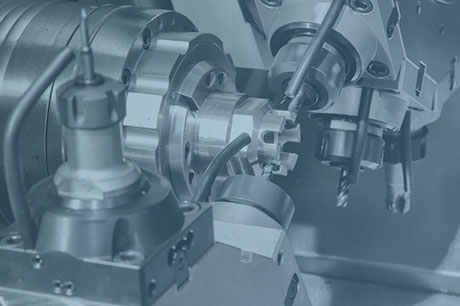
Tool Making
Heavily loaded components, such as tool changers (revolver magazines) for turning machines, are classic applications for G.AL® C330R
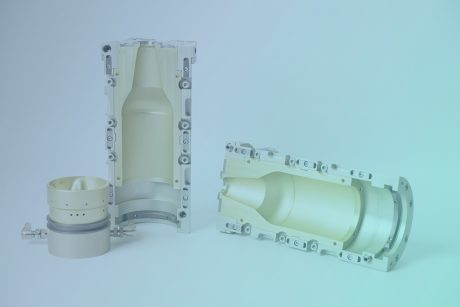
Mould-making
The high thermal conductivity of G.AL® C330R results in short cycle times in foaming, blowing, deep drawing, RIM, and injection molds (low and medium pressure)

Automation
In heavily loaded components such as jigs and swivel devices, G.AL® C330R frequently replaces high- and ultra-high-strength rolled plates, which are often characterized by extreme residual stresses
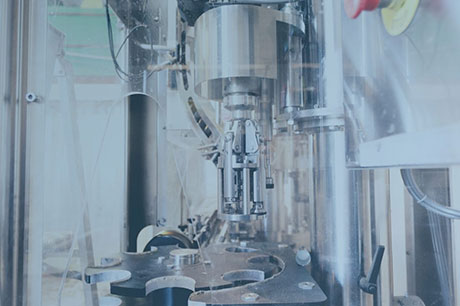
Mechanical and Custom Machine Engineering
With G.AL® C330R, components requiring high degrees of machining can be produced quickly and reliably due to the excellent machinability and dimensional stability
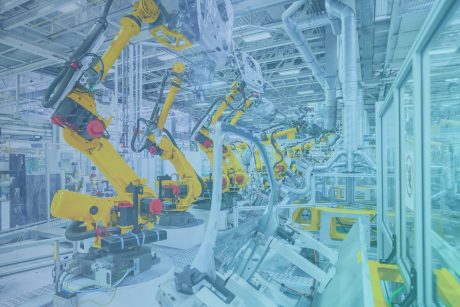
Handling Machines
Tool and component carriers are preferably made of low-stress and wear-resistant aluminum materials. G.AL® C330R meets and exceeds these requirements
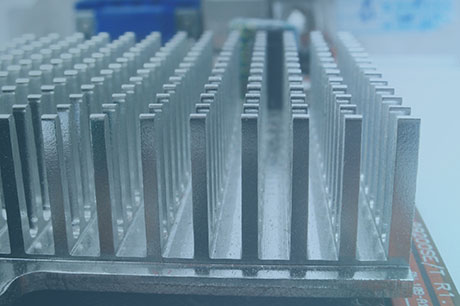
Thermal Stresses
High-strength aluminum alloys tend to experience irreversible strength loss and structural changes at continuous operating temperatures above 190 °F. G.AL® C330R can be used permanently at 250 °F and for short periods (4–6 h) up to 280 °F without damage. The material can even withstand temperatures up to 320 °F for 1–2 h.
“All high-alloyed materials are sensitive to contact corrosion, especially when steel, copper, brass, or bronze has previously been used on the CNC machines. In most cases, there is also a pH value well above 8.5. To avoid contact corrosion, components should be removed from the machine immediately after machining and thoroughly cleaned and dried.”
